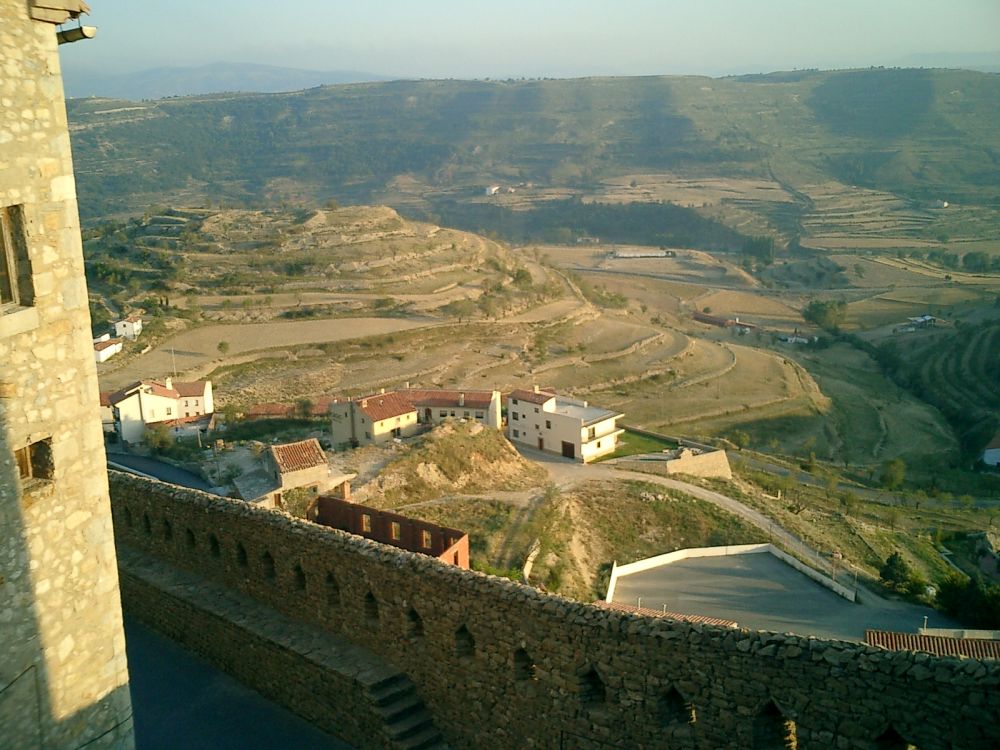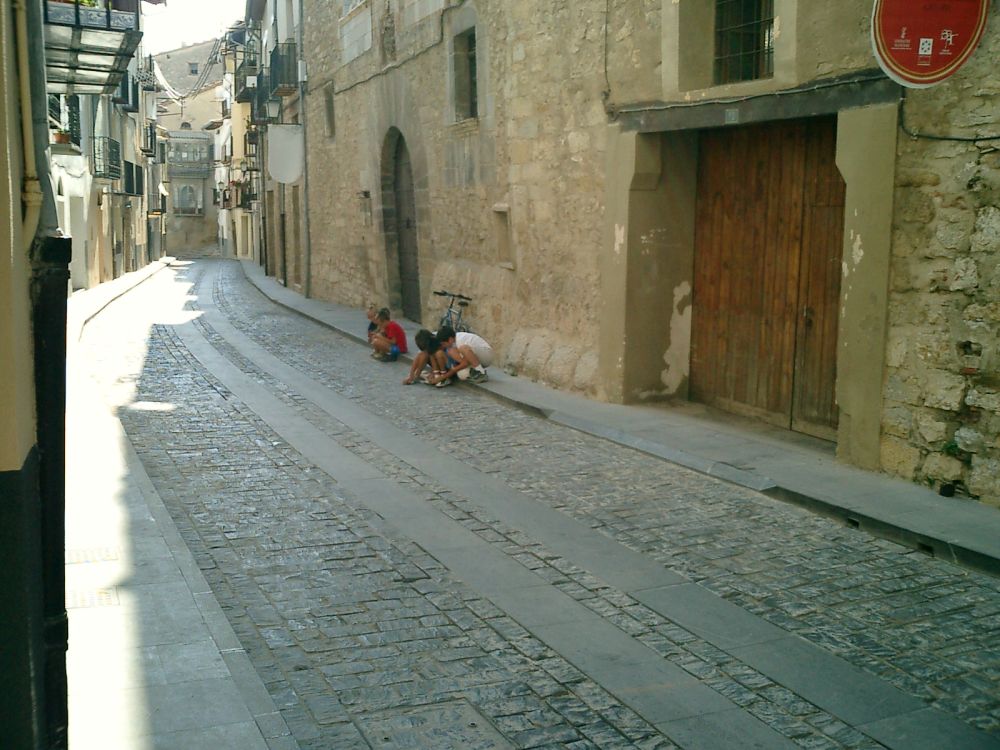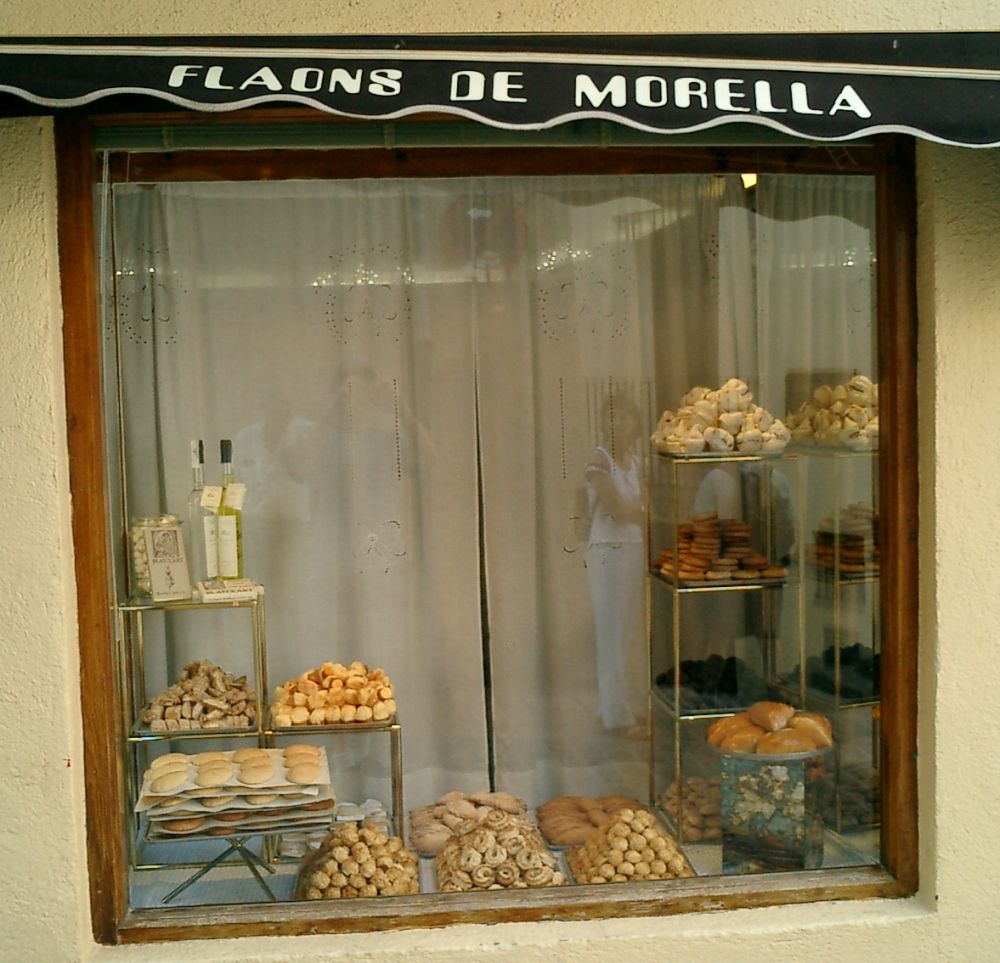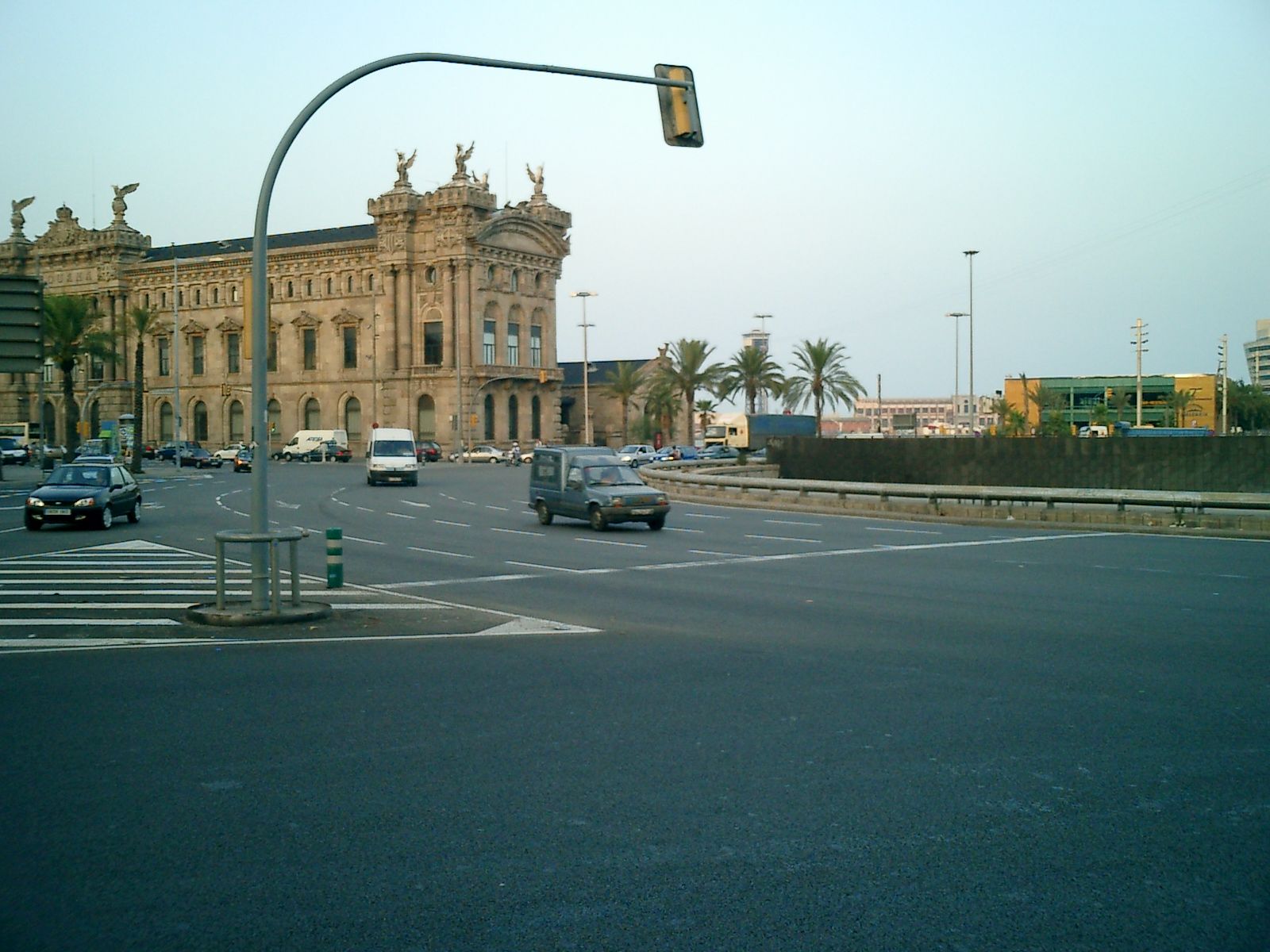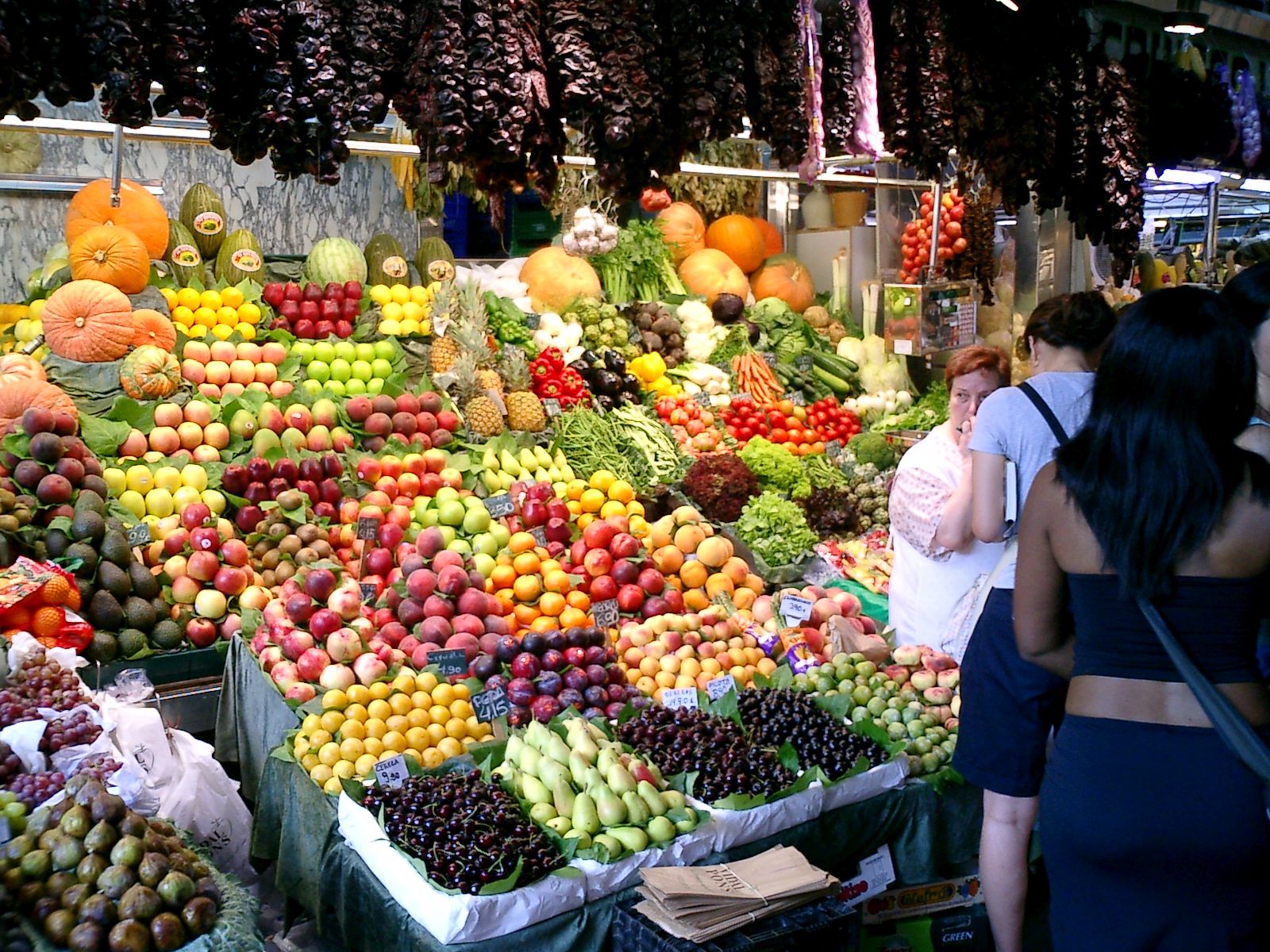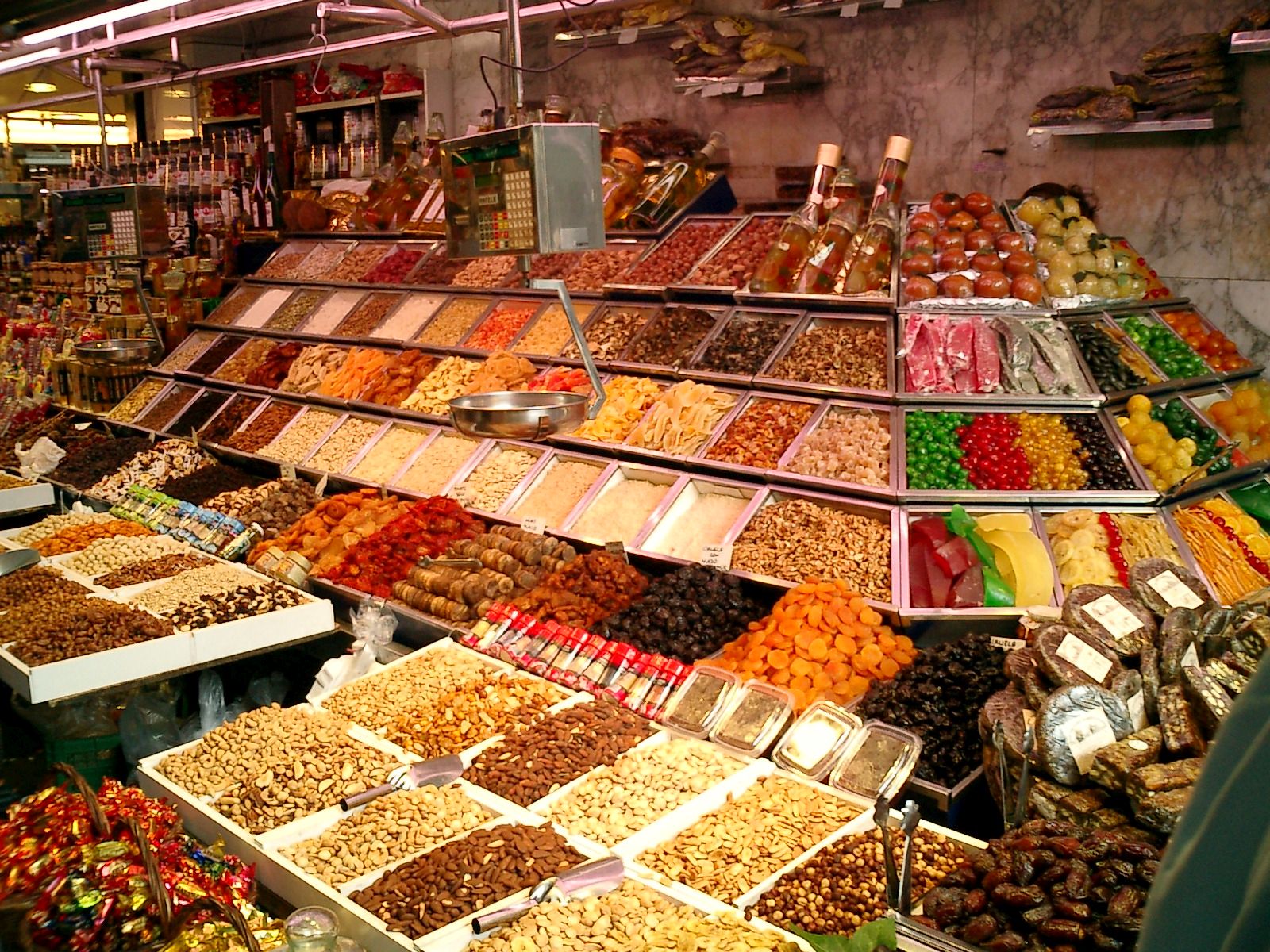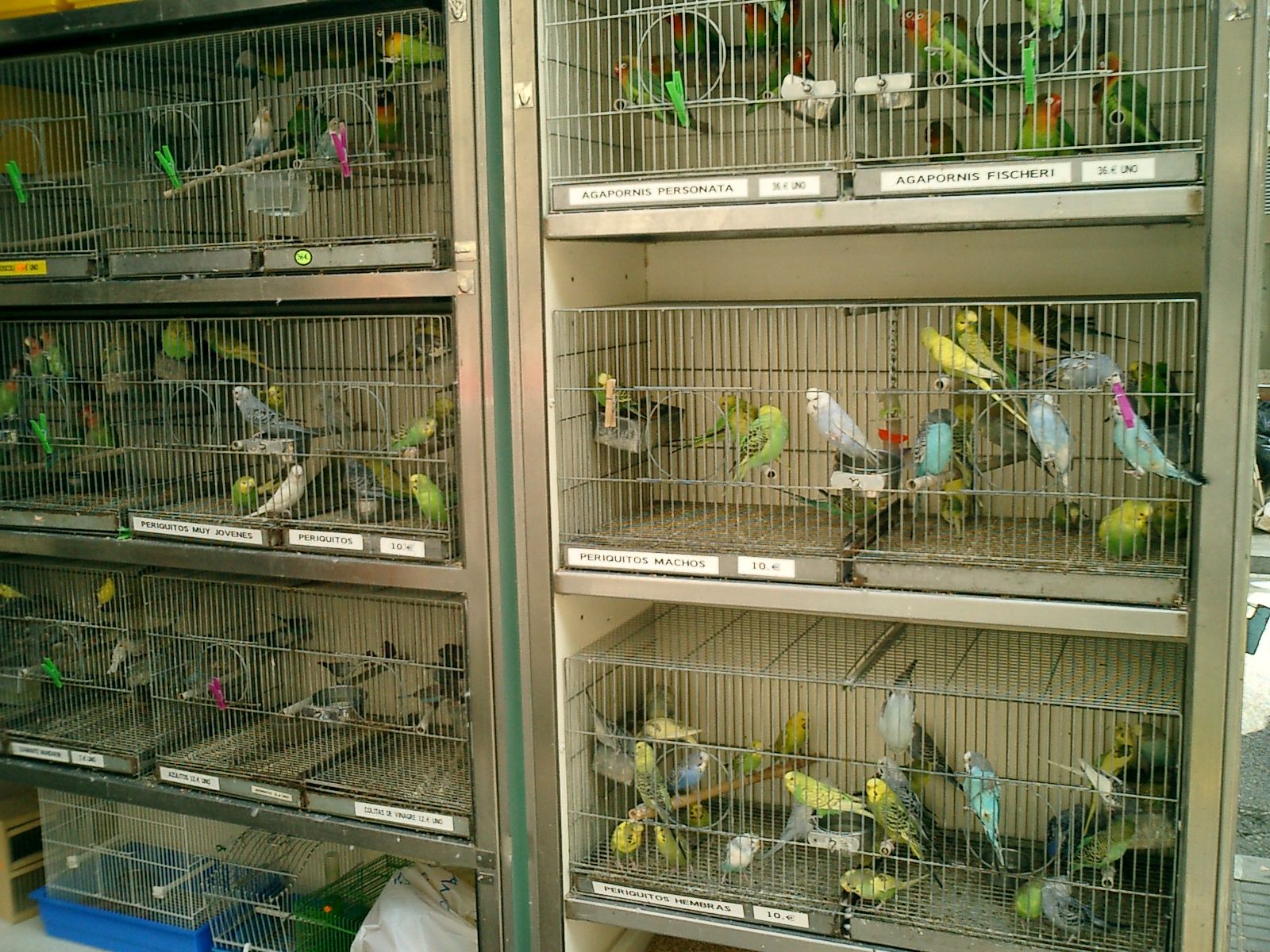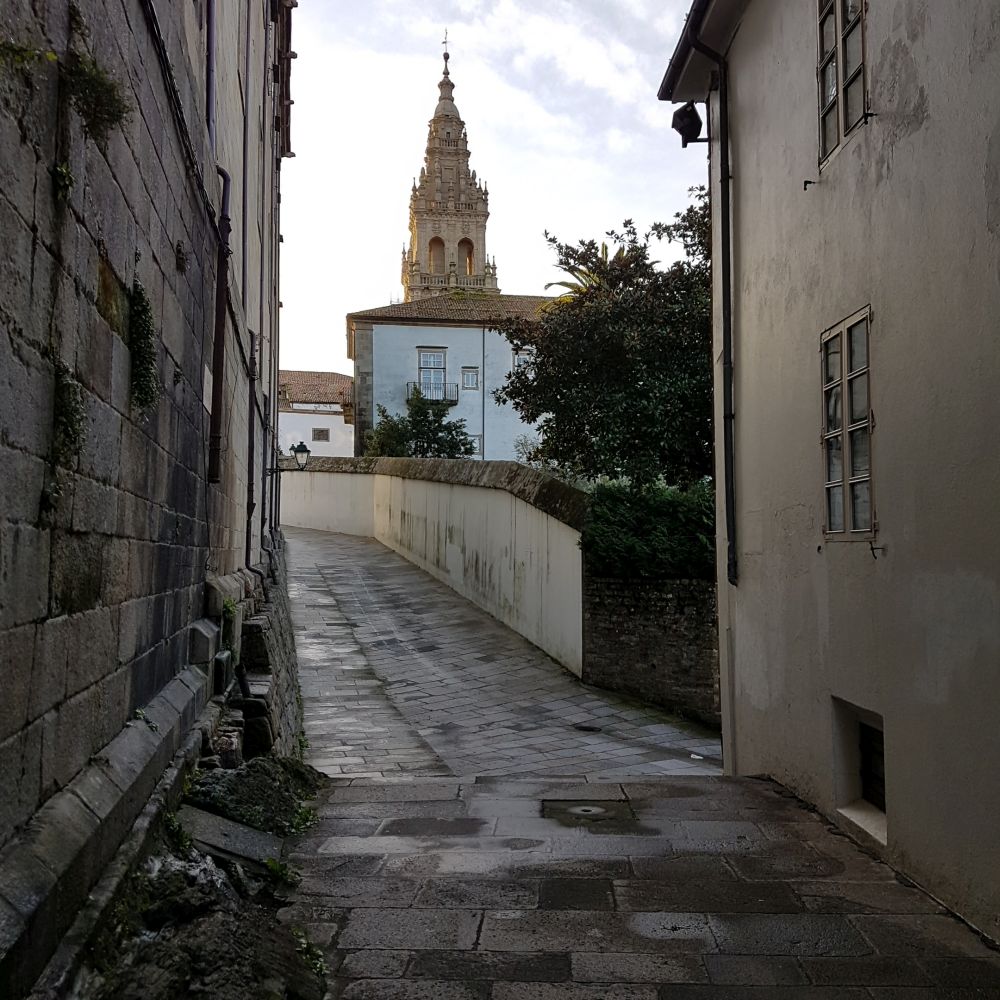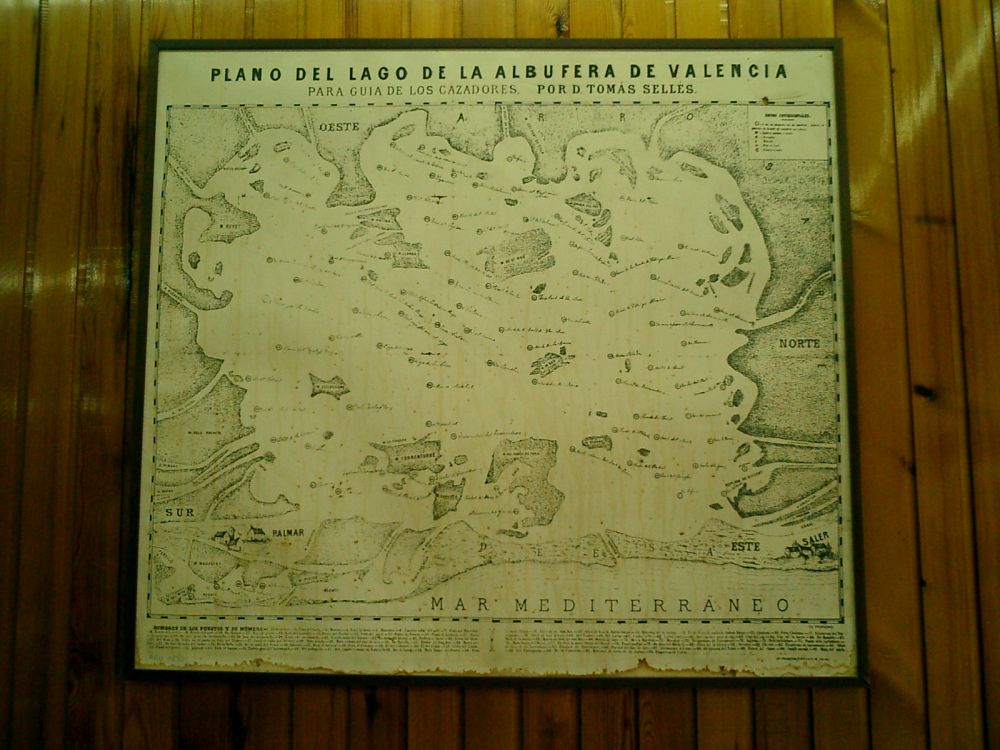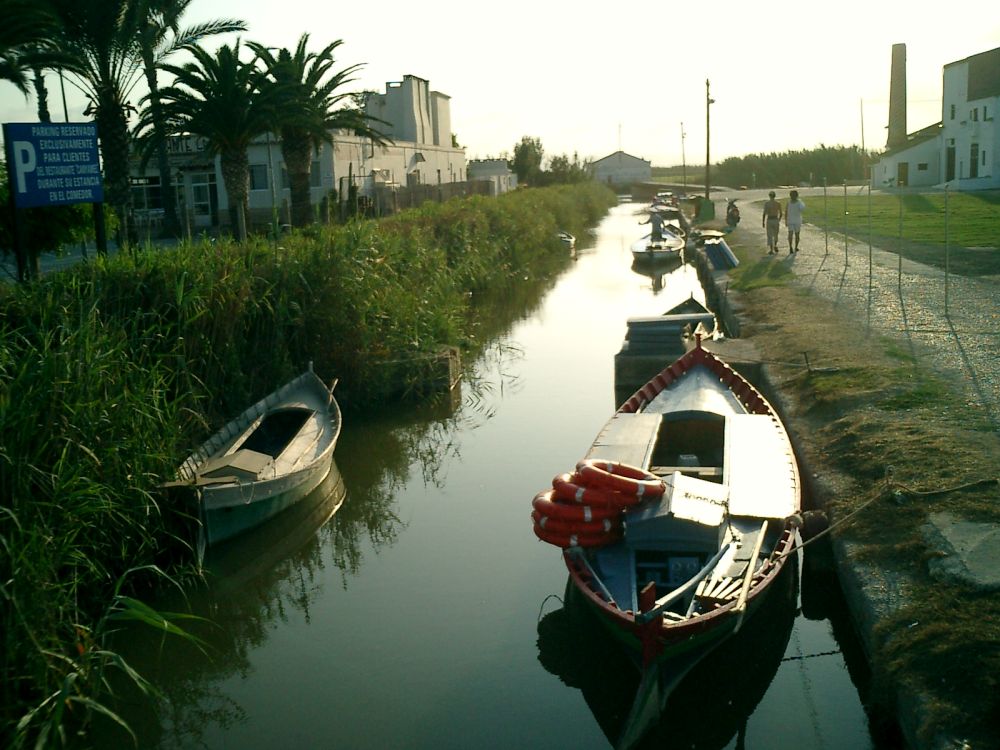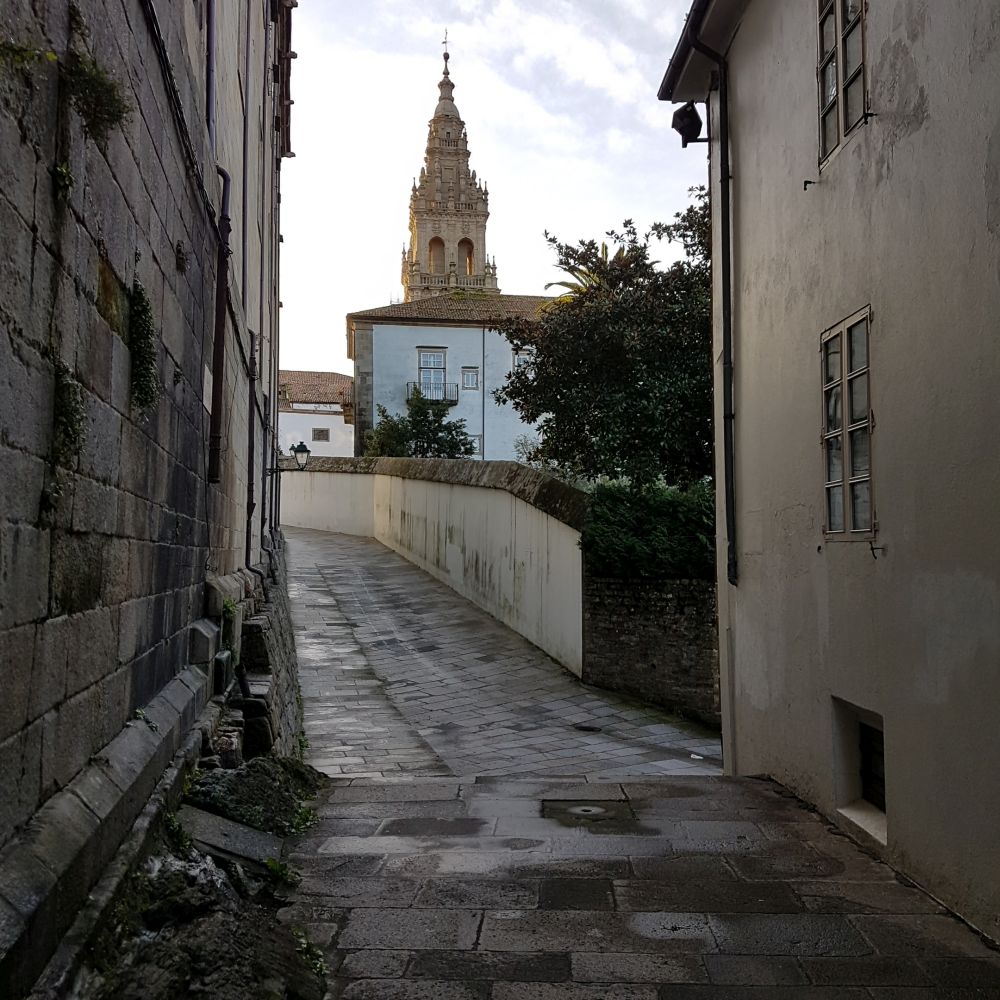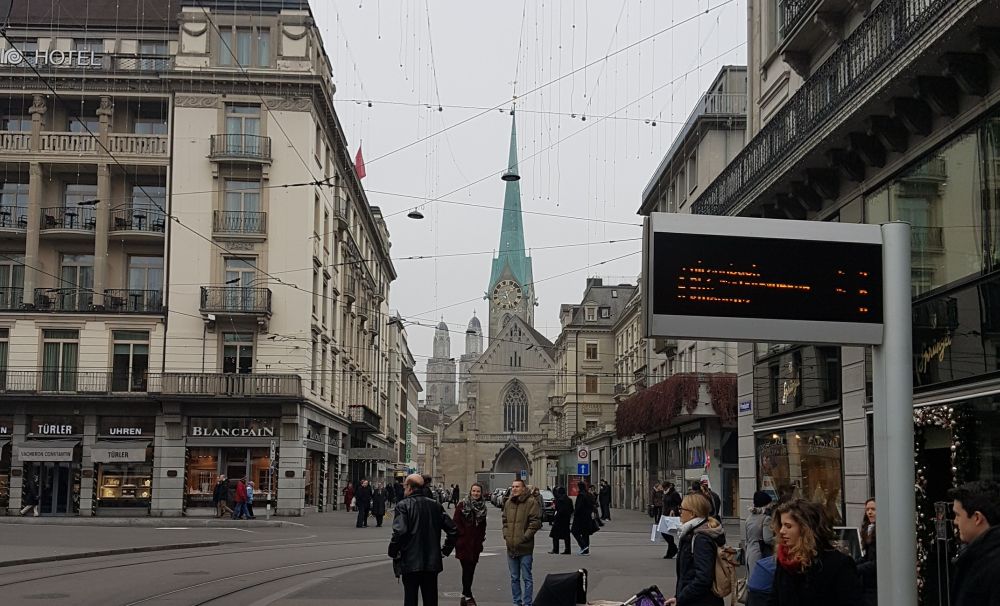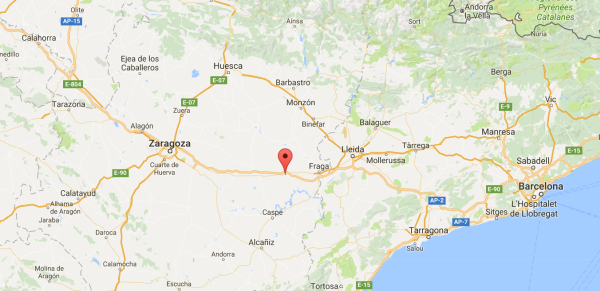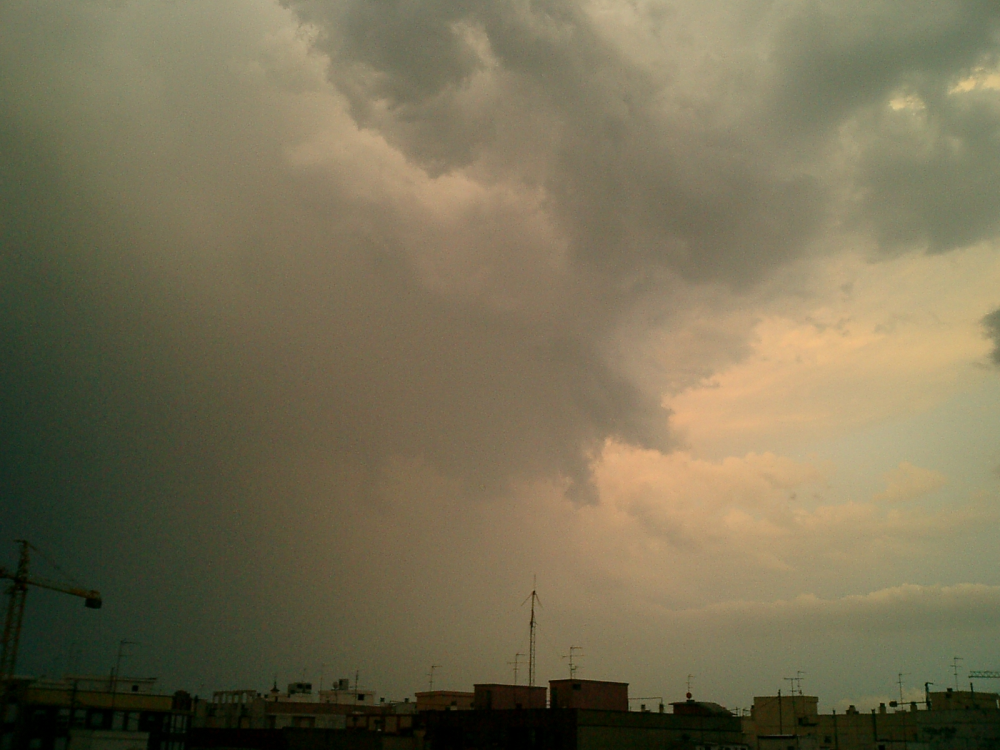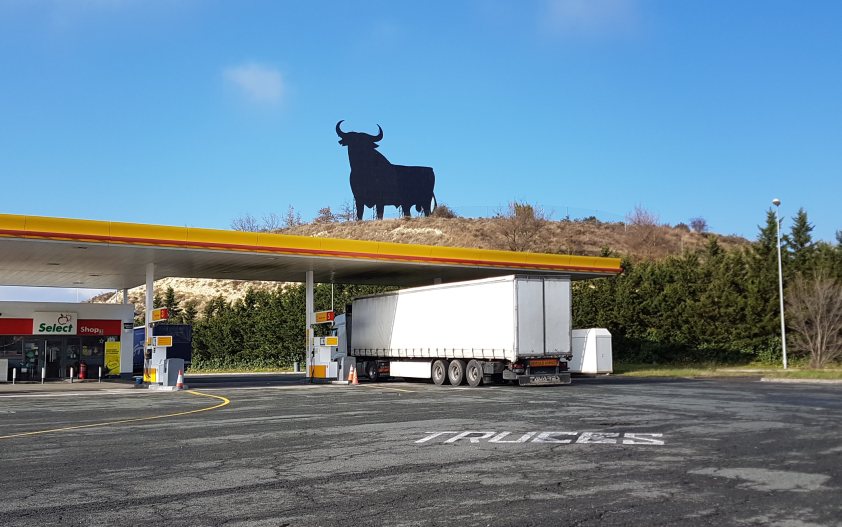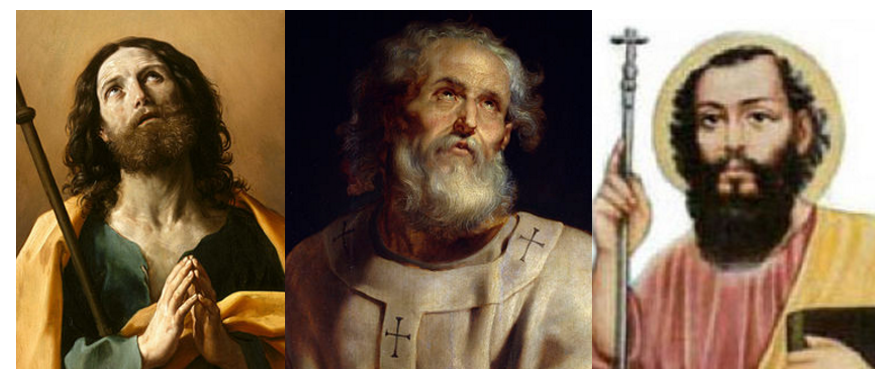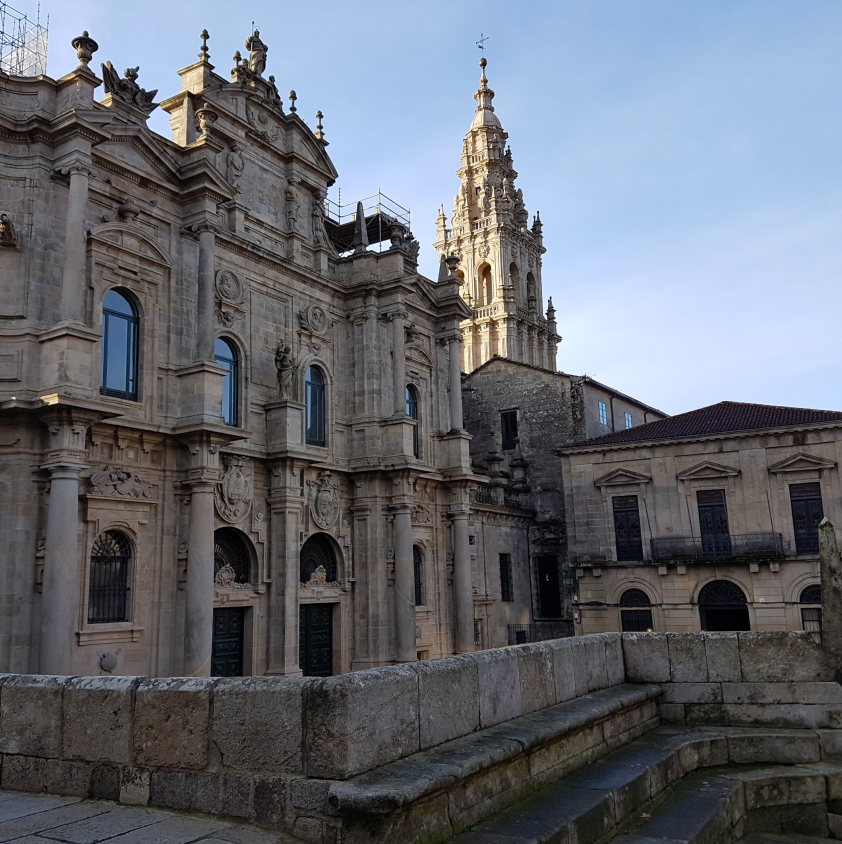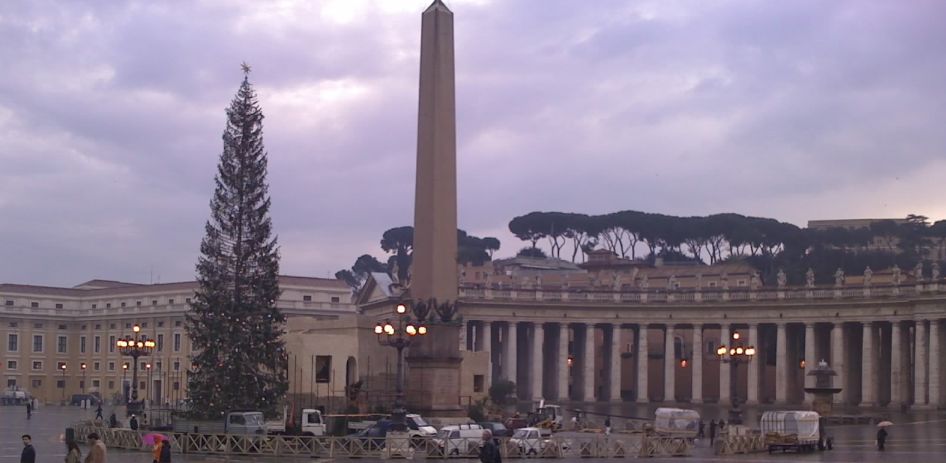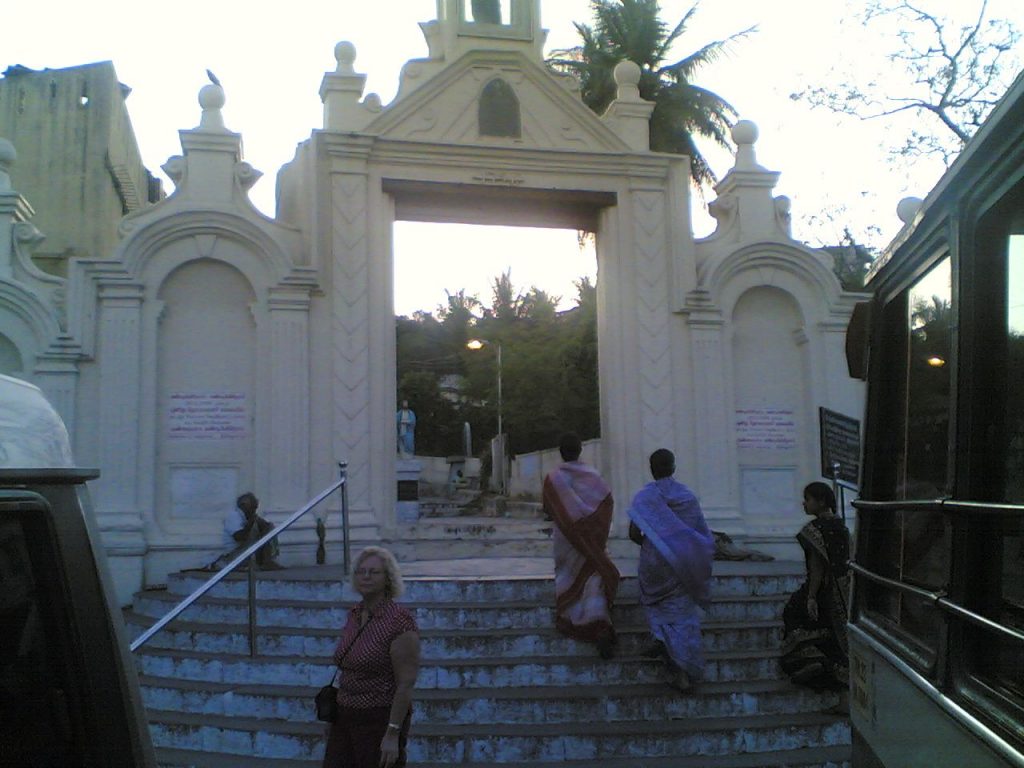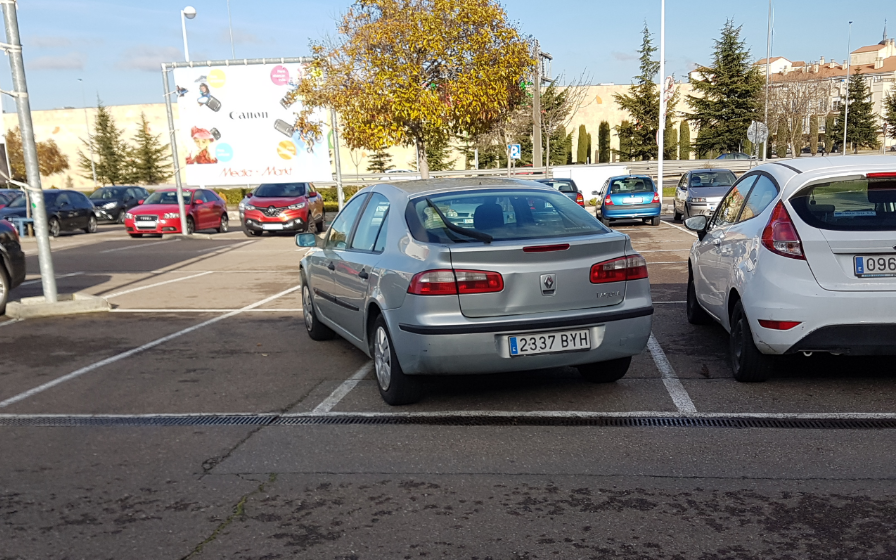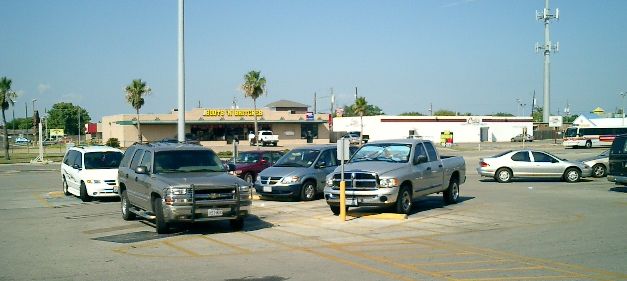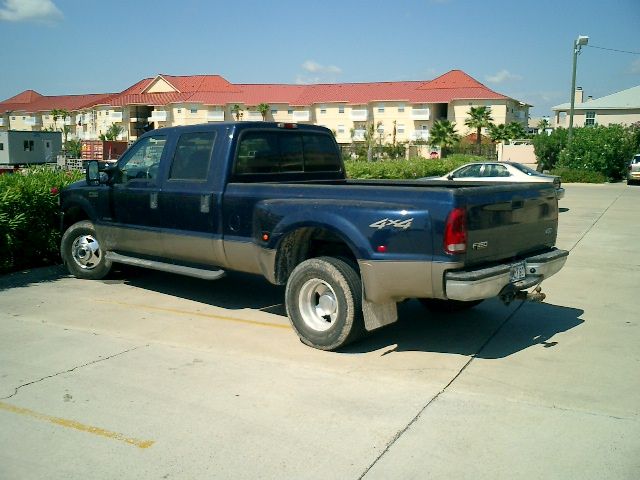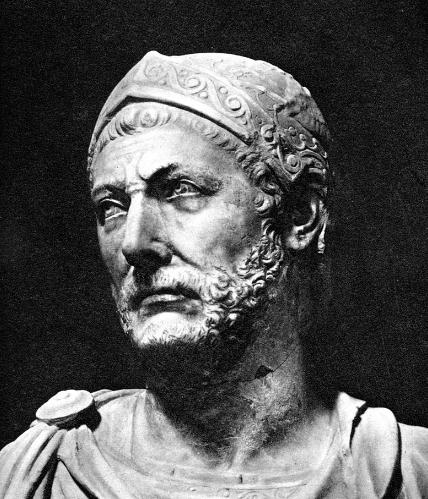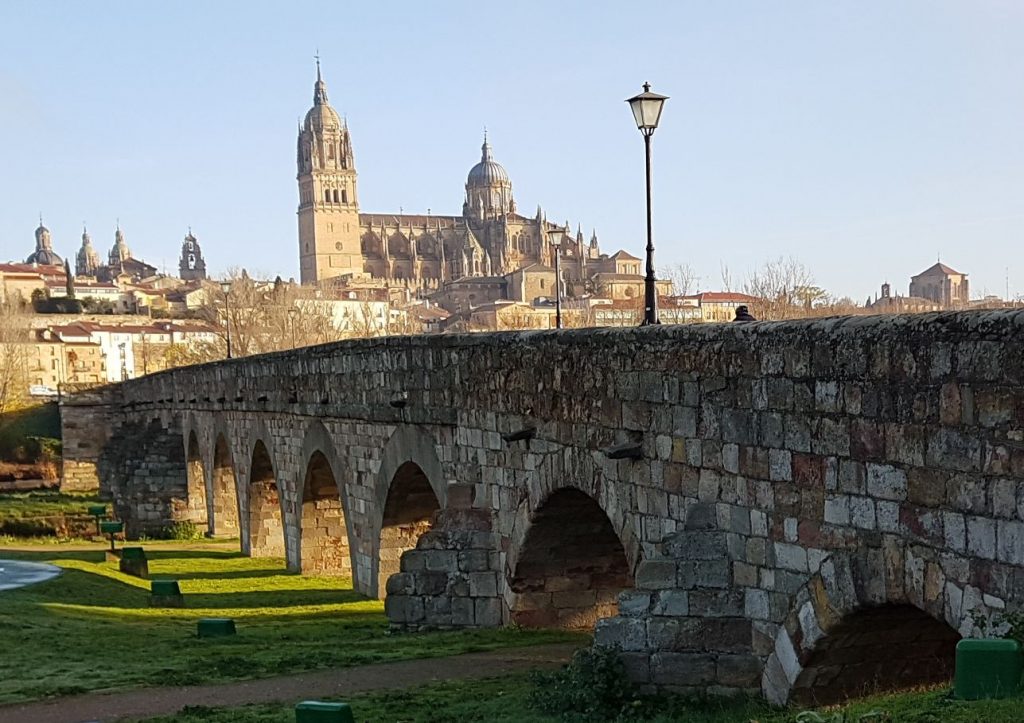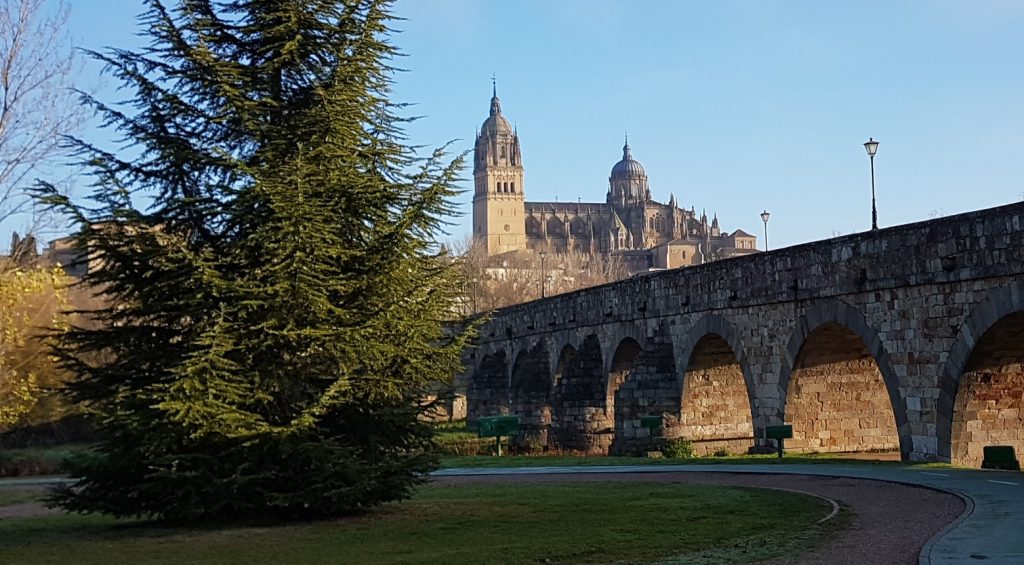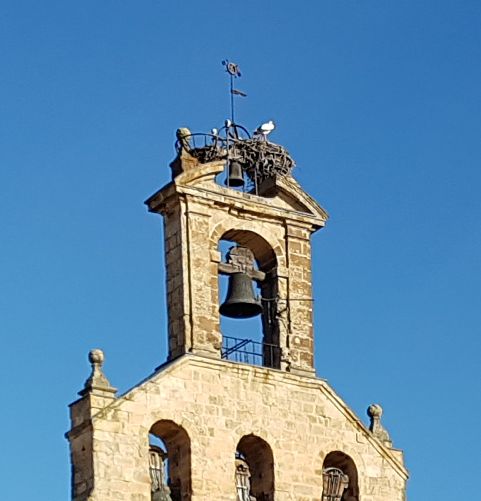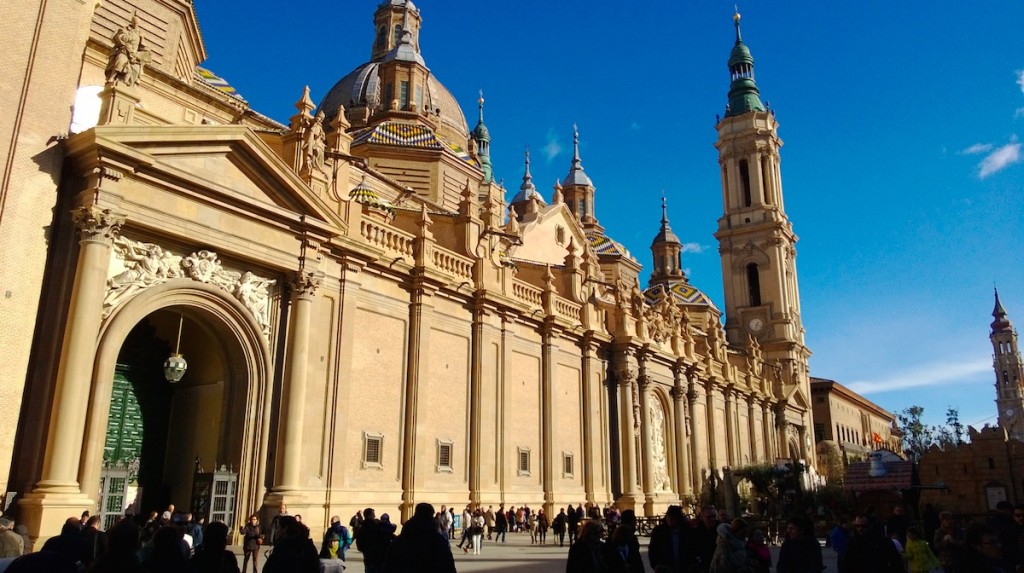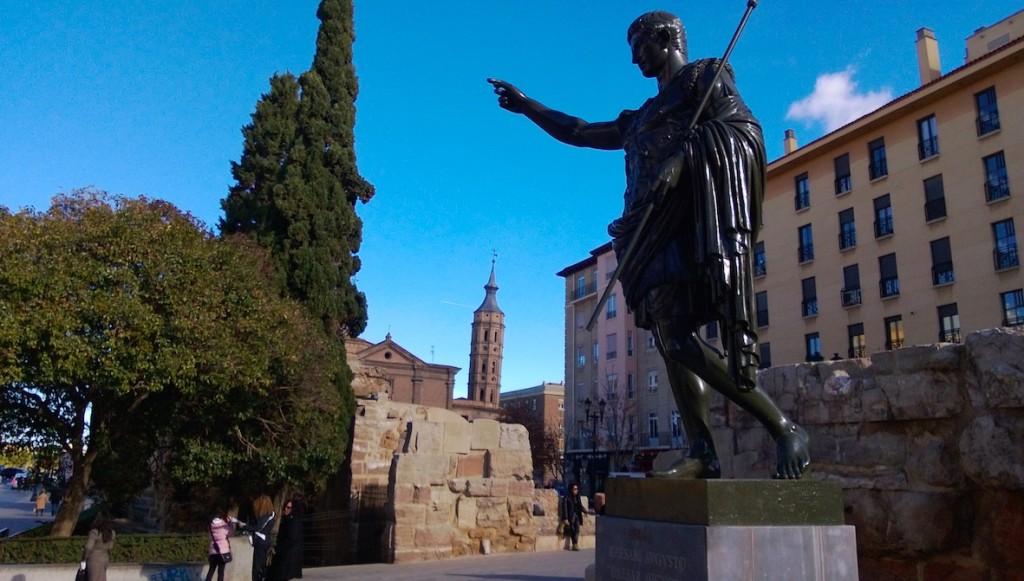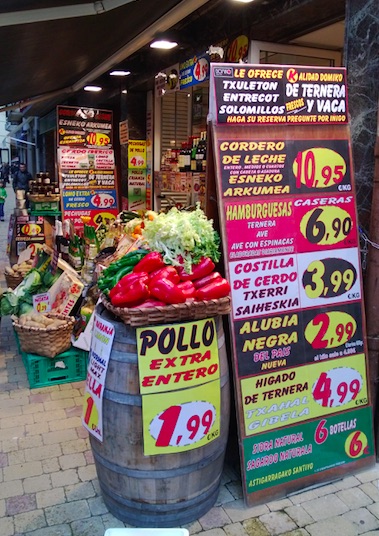Valencia, Spain, is the home of the majestic Valencian language – although most people know its dialectical form, Catalan, somewhat better. And deep in the Valencian countryside sits a hill, and high on the hill sits the medieval village of Morella. The village dates back to Roman times, and in fact it is surrounded by ancient Roman aquaducts:
It’s one of those difficult places to capture photographically, just because it is so big and impressive. But what I remember the most was thinking what it must have been like for the Romans living here, raising their children in the hopes they become great Roman Legionnaires, warriors, fierce gladiators, or lion hunters.
Today, the situation with children is a bit different: the swords are gone, none of them has slaughtered a wild animal, and instead these children are sitting and playing Nintendo.
My passion when I travel is to identify those local things, well known in a place but unheard of outside of it. In this part of Spain, this would have to be flaons,
